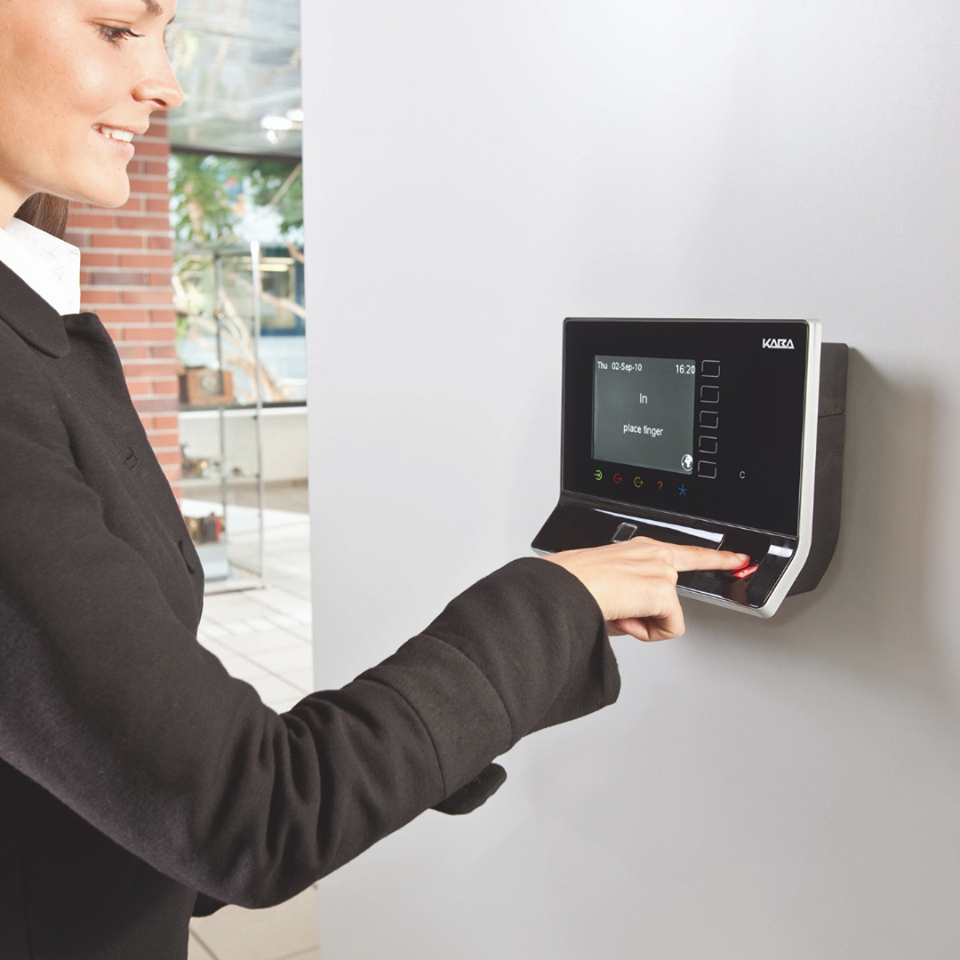By Paul Chari, Principal Consultant of EDC Solutions at dormakaba
Many organisations are realising that workforce management can be used as a resource to improve business efficiencies. By integrating the likes of access and production data control, further value can be unlocked to drive organisational improvements.
Evolving technology and innovations happening in connectivity solutions (think Ethernet, GSM, Bluetooth, and Near-Field Communication) means the traditional access terminal mounted in a building is now enhanced with more sophisticated options. For example, validation can be done through mobile phones or even more evolved biometric options that take into consideration body shapes as opposed to only being limited to specific features.
Having said that, it is still critically important that workforce management be integrated with human resource and finance systems to provide decision-makers with a complete view of operations. This is where enterprise resource planning becomes invaluable in tying everything more seamlessly together.
Going mobile
The pervasiveness of mobile, and its related technological enhancements, have opened areas that were previously impossible to monitor. By linking GSM (data) with GPS (biometrics), personnel can be monitored for accountability, safety, and customer feedback en-route to a site.
This allows for greater flexibility from an employee perspective where the person can go directly from home to a customer and provide the business with reliable assurance via their mobile device. These benefits extend to production data control that allows planned work to be loaded to various monitoring points.
Through this, companies can introduce live tracking of the order progress. Furthermore, job progress can be recorded via barcode scanners, machine output monitoring, and entry of quantities at various steps. The organisation can even record reasons for work stoppages allowing it to react appropriately as the data is fed back directly from the floor. There is no reason to wait until the end of a day or shift to respond to any delays or other issues.
Security presence
With workforce management including aspects around security, access control is something that is integrated into its approach. This is not only limited to the physical presence but also data access as well. Using these systems, companies can better control which users have access to what kind of data.
Additional aspects can incorporate surveillance using not only video but sensors throughout a location. Again, it is critically important to integrate the technology with the systems and processes to ensure it works to the advantage of the business.
All told, workforce management has evolved beyond the limited systems of the past. By using technology, data, and innovations currently taking place in the market, organisations can really take their business to the next level.


